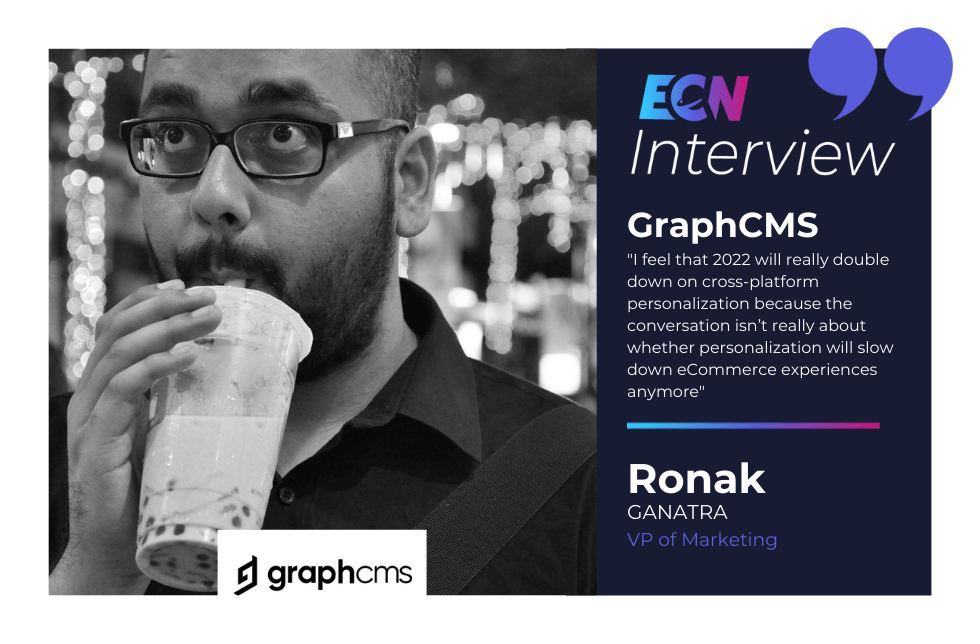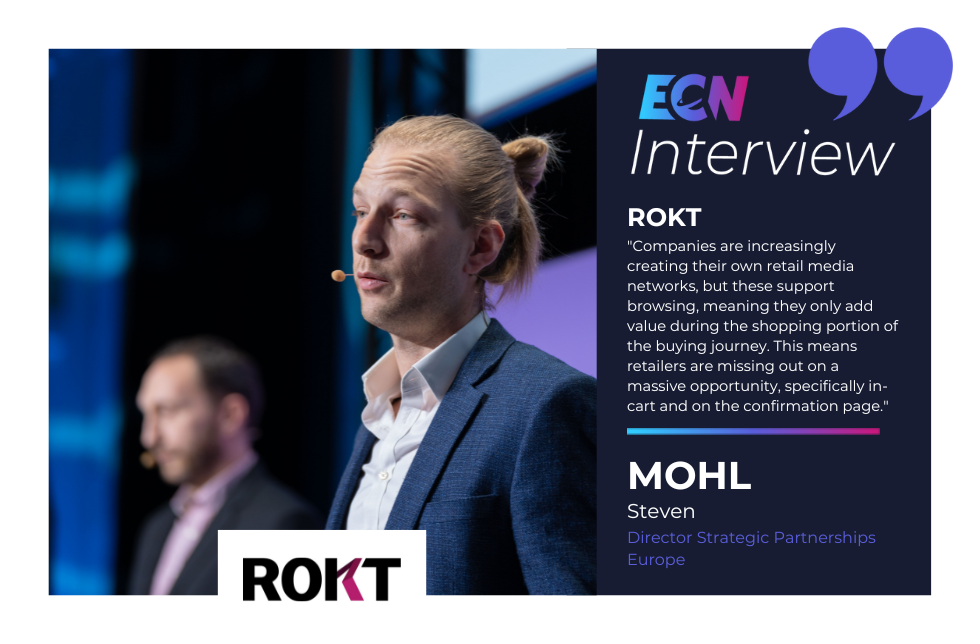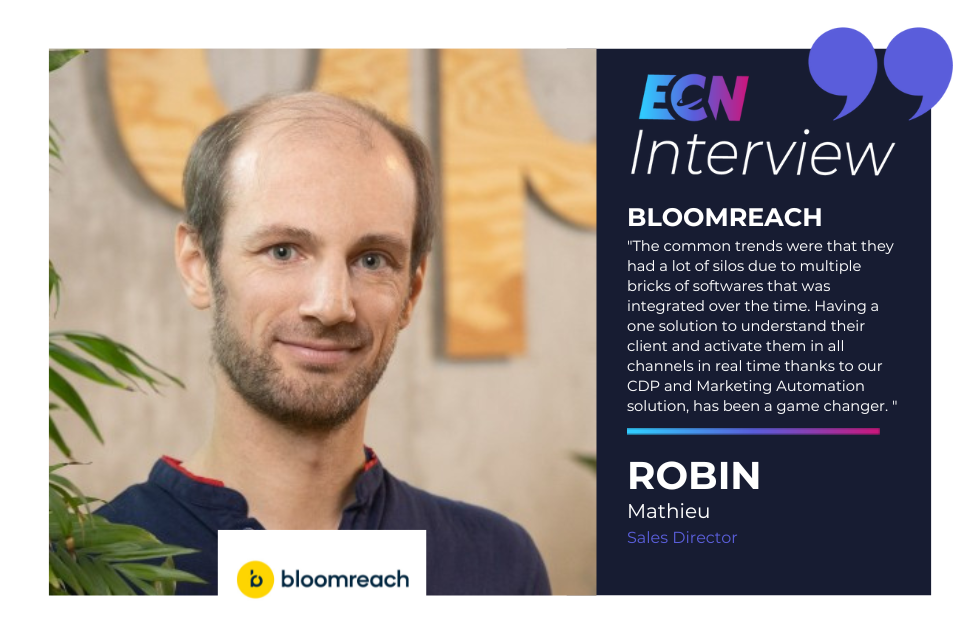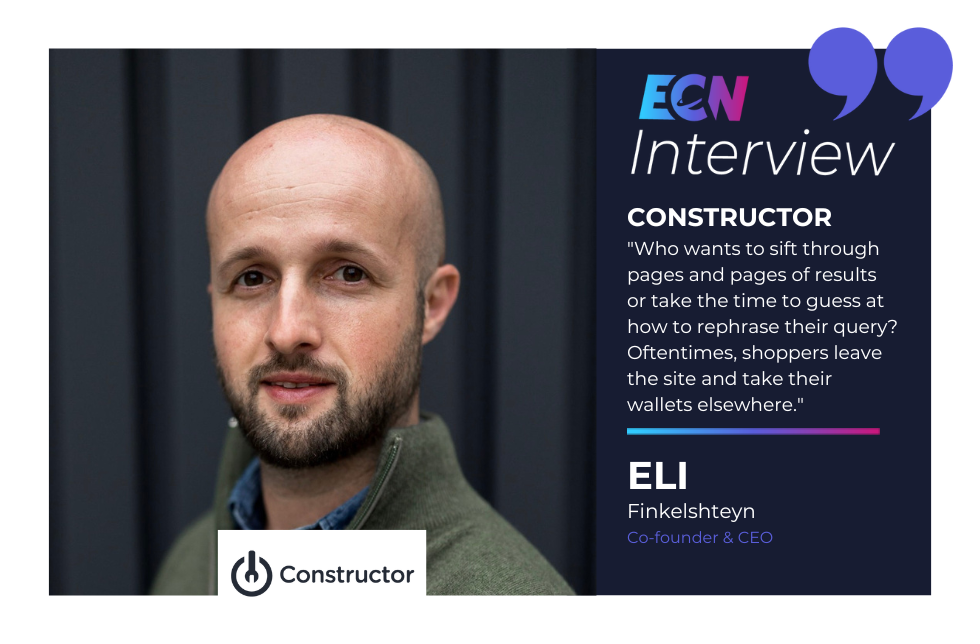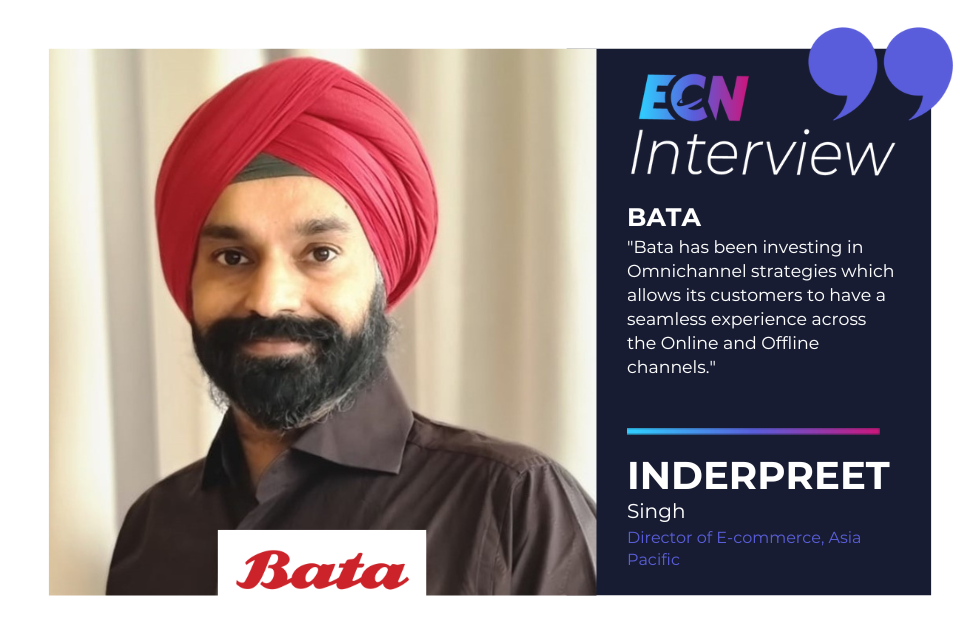For this exchange, we reached out to Ronak Ganatra, VP of Marketing at GraphCMS to talk about platform strategies for E-retailers.
GraphCMS is a headless solution for E-commerce, allowing content localization in order to internationalize your business faster and more efficiently.
Can you introduce yourself and your background?
I’m Ronak – currently the VP of Marketing at GraphCMS – A GraphQL-Native Federated Content Platform. I’m a big fan of sustainable growth, Marketing Automation, Strategy, GTM, and Developer/API Marketing. My early background is in Sales and Business Development – where I worked across the EMEA region, before transitioning to marketing and growth, and eventually getting more involved in startups and B2B. Originally from Mumbai, India, I’m based out of GraphCMS’s Berlin HQ in Germany.
Outside of GraphCMS, I’m co-building a Developer Marketing Community, maintaining Build Your DXP, and curating resources for marketers in B2D.
Can you introduce GraphCMS and its activity?
GraphCMS is the first GraphQL Federated Content Platform. Without getting into too many technical details, that essentially means we provide Content APIs that allow developers and content operators to build modern digital products the way they envisioned them – as a Headless CMS – but also bring in what we call “Content Federation”.
Content Federation allows companies operating above a certain scale to unify their fragmented content sources (from PIMs, Commerce APIs, CRMs, ERPs, etc.), define a content structure, and then deliver this to their digital products via a single GraphQL API endpoint. With over 50,000 teams from companies like Burrow, Prym, Telenor, and Shure working with us, we’re seeing some incredible applications of eCommerce APIs working together to deliver better digital experiences this way.
Can you explain how GraphCMS is different from its competitors?
At its core, GraphCMS is a GraphQL headless CMS, which means that all functions for omnichannel content management for digital teams building modern experiences are served. Where GraphCMS stands out is in its ability to handle granular permissions at an enterprise scale, “Content Federation”, and customization & extensibility. Let’s explore these in a bit more detail:
Granular Permissions: We definitely have market-leading permission systems, allowing for granular and conditional access control – down to a single content entry. Many Headless CMS would offer custom roles (based on models or schema) or “system” roles like admins, and editors. We worked with some larger-scale multi-brand organizations that needed further granularity for security, confidentiality, and permissions. Within GraphCMS, you can set permissions to do things like read, create, edit, and delete, amongst other actions, based on singular content entries (such as a specific product variant), locales (de_DE, de_AT, fr_FR, fr_CA, for example), content models (like a product, or a promotion), as well as conditions (products where the category is white snowboards, for instance).
Content Federation: Content Federation is our approach to “remote data fetching”, or the ability to programmatically source content from several APIs and deliver them from a high-performance endpoint. We’ve seen several large-scale eCommerce customers use PIMs, multiple CMSs, CRM systems, Promotion systems, Personalization, Commerce APIs, and Shipping/Fulfillment APIs to build connected experiences. Normally their storefronts and frontends would have to request content from each of these systems individually, resulting in degraded performance, and costly overheads for custom architectures. Using our API extensions to “federate” these systems, we’re seeing customers build blazing fast eCommerce experiences, all while using a single API to source real-time data that’s enriched with marketing content created within GraphCMS.
Customization and Extensibility: Concepts like workflows, plugins, integrations, and approvals mean different things to different users and companies, so we’ve taken a flexible and agnostic approach to define what these are without offering a rigid and opinionated solution for our customers, since “once size fits all” doesn’t really work for content operations at a different scale. GraphCMS allows you to define your own stages and workflows, i.e. what is a draft, what needs approval, who needs to QA, and who can publish content to what stage. Similarly, we’ve approached extensibility with 3 routes within the UI to make it easier for content operators to work efficiently – Custom Fields (bringing in your own tooling when creating content, such as a Shopify product picker or a Cloudinary image picker), Sidebar Widgets (bringing in your own extensions like a Yoast SEO helper or an AI translator), and Granular Webhooks (triggering your own logic for approvals, feedback, etc.).
What is a GraphQL?
It’s hard to summarize it without some technical jargon – but GraphQL is an open-source data query and manipulation language for APIs, and a runtime for fulfilling queries with existing data. Maintained and developed primarily via the GraphQL Foundation, GraphQL has had incredible adoption across a variety of verticals and use cases with organizations like Twitter, Expedia, Shopify, and GraphCMS to name a few.
If we were to simplify this, I often refer to the burger analogy of comparing REST APIs to GraphQL.
Imagine you’re walking into a burger restaurant, and you order their double cheeseburger. Regardless of how many times you order (calling your RESTful API), you get every ingredient in that double cheeseburger every time. It will always be the same shape and size (what’s returned in a RESTful response).
With GraphQL, you can “have it your way” by describing exactly how you want that cheeseburger to be. You can now have your cheeseburger (response) as a bun on top, followed by a patty, pickle, onion, and cheese (unless you’re vegan), without a bottom bun.

This is why GraphQL has been picking up a lot of traction, especially in eCommerce, since the efficiency and performance of APIs contribute immensely to providing faster and highly optimized frontend experiences, where every second of delay/degradation on the user experience has very tangible business impact.
It is worth noting, however, that while GraphQL is gaining momentum as a “successor” to REST APIs, it isn’t always a “replacement”.
Who are your main clients and what issues do you support them with?
We work with a wide range of customers from several verticals and industries like eCommerce, FMCGs, Telecommunications, and Gaming, to name a few. Each vertical and customer comes with a specific set of problems they’re looking to solve, so there’s no easy way to summarize the issues. In general, I’d say a common denominator is companies realizing they need to digitize their stacks and work with modern solutions for better efficiency and output across several departments – such as content operations, marketing, API management, and product management.
For example, If I take the case of Burrow, a DTC furniture company in the US, who noticed a 7x increase in content velocity since moving to GraphCMS – they use us in a way very similar to a PIM. They handle over 20,000 product variations in GraphCMS, as well as product content, shipping estimates, and customer variations. In their case, they opted to have a unified content database that managed their marketing and product content, not unlike a “backend as a service”.
In contrast, looking at another eCommerce customer, Prym, which is one of the oldest family-run businesses in Germany – they handle over 100,000 products using Medici as their PIM. However, they wanted to move towards a MACH architecture that was headless and API-first in order to modernize and have better performance. They started working with GraphCMS to complement their PIM (as well as commerce cloud, frontend, and personalization APIs), and use us purely to manage content operations and aggregate the content coming in which is queried by their frontend-as-a-service, Frontastic. This architecture has given their engineering teams the flexibility to work with GraphQL, but has greatly benefited their content teams who experience a 3x speed in content velocity and a 50% reduction in their time to market.
Similarly, there are very different and specific issues that we work with our customers on, as we take a highly consultative approach to modernizing their digital experiences.
GraphCMS allows content localization. Is this important when developing an international online store?
This is by far one of the most used features for companies in the B2C, DTC, or general eCommerce cases since they have customers and partners across the world. In my opinion eCommerce teams need to think about localization very early on in the process, even if they only operate in one country. With online customers coming from all over the world, expansion can turn out to become a quick decision, and having the building blocks in place to localize based on product offering, language, and content can give teams the competitive advantage as soon as they decide to expand.
Do you offer other features in this logic?
Localization is quite a vast topic within GraphCMS. Aside from being able to localize content into granular locales (such as de_DE, de_AT, fr_FR, and fr_CA), GraphCMS also allows for locale-based publishing and fallback locales for content that isn’t completely translated yet but needs to be published anyways.
However, when talking about internationalization as a whole, when companies are looking to expand, have multi-brand structures, or are present in several markets – there are other aspects of the product that come into play. The permission system mentioned before is a strong driver here, but for more complex use-cases, things like environments, SEO, asset management, preview environments, and scheduled batch operations (like campaigns) play an equally important role, all of which can be easily set up to complement the efforts of the content team in developing international stores.
What are, for you, the next E-commerce trends to come?
It’s hard to make any specific predictions here because there’s so much happening in and around eCommerce in general. Over the past year, I’ve seen the efforts Vercel is making with Next.js 12 to bring everything “closer to the edge” including personalization and edge caching which would make eCommerce experiences insanely fast at any scale. Shopify also announced some incredible updates to their GraphQL APIs as well as their own framework – Hydrogen – to make some leaps and bounds in eCommerce performance and scalability in 2021. All in all, I feel that 2021 was a milestone for eCommerce announcements in terms of performance which sets the stage for 2022 as we see more Headless use-cases in eCommerce.
Bearing this in mind, I feel that 2022 will really double down on cross-platform personalization because the conversation isn’t really about whether personalization will slow down eCommerce experiences anymore. AR, VR, and AI have all been thrown around as buzzwords in eCommerce, so it’s hard to say whether it’s a “trend”, but I’d like to think that there will be more creativity and innovation in how brands engage with their potential customers throughout the year as they continue to chase “omnichannel”.
There’s also a lot of talk around eCommerce in the Web3 space with NFTs and “Metaverse” shopping experiences, but I feel there’s still a lot of confusion around the topic, and quite some foundation work needed before seeing how much it can pick up – although I feel that we’ll still see many household brands in the eCommerce space begin to have conversations about what their involvement with the “metaverse” will be. This will be particularly interesting to keep an eye on as the debate picks up between consumers getting more environmentally conscious, the environmental impacts of VR & blockchain adoption, and the conversation around “artificial scarcity” on digital goods.
Do you have any advice for our readers?
As far as it comes to modernizing eCommerce experiences, there’s never been a better time than now to reevaluate whether your tech stack is really complimenting your business model. We’re in the middle of big modernization initiatives across the world, with DXPs, Headless platforms, APIs, microservices, and composable architectures becoming a part of day-to-day conversations.
I’d recommend looking into what major software adoption movements are happening in your space and starting to reevaluate whether or not your current technologies are letting you maximize your competitiveness as eCommerce adoption and maturity will continue to rise exponentially.

